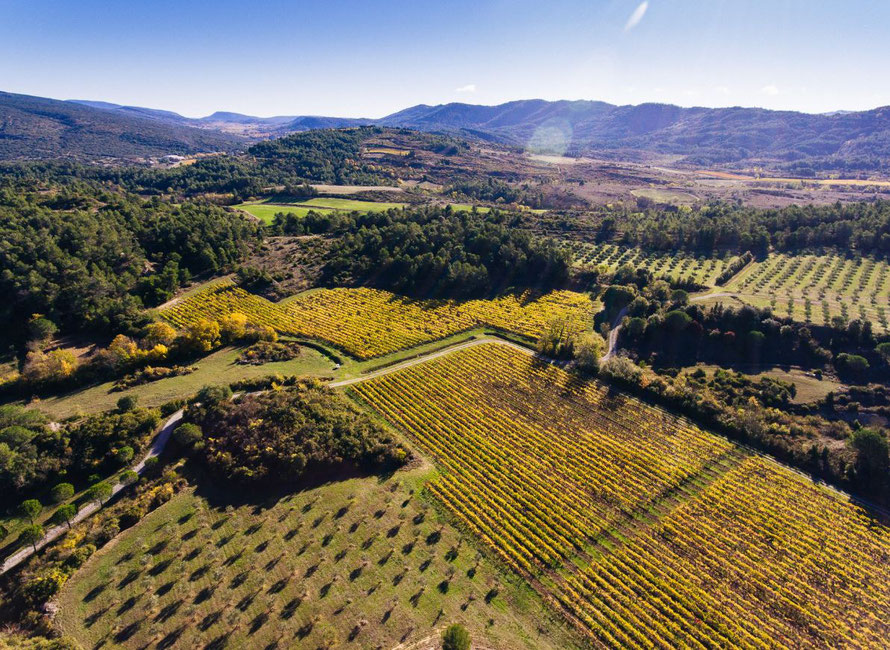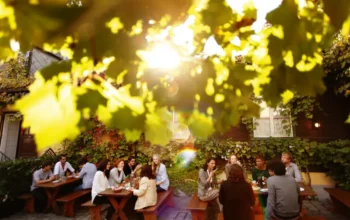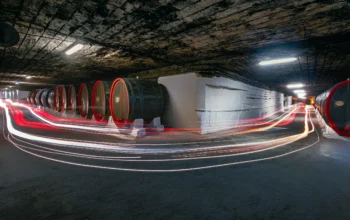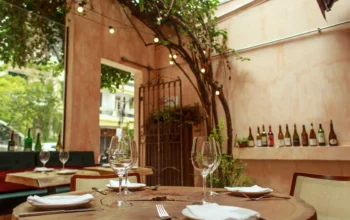For wine journalists, it has been three long months of sitting at home, accustomed as they are to a lot of travelling. In mid-June, however, France's strict lockdown was relaxed and foreign guests and tourists were welcome again. And so Charlotte van Zummeren immediately set off for WINELIFE by car and armed with a mouth mask to Languedoc-Roussillon to visit five wineries. TEXT CHARLOTTE VAN ZUMMEREN
Languedoc-Roussillon is a large region, running from Nîmes to the Spanish border. The Languedoc-Roussillon wine landscape is a veritable patchwork quilt, and that needs some explanation. Some 40 appellations exist and their nature varies according to location. In western Languedoc, Atlantic varieties such as cabernet sauvignon and merlot are used. Towards the Mediterranean, more grenache and cinsault are grown. The division is also partly based on climate. In the west it is cooler with more rain, which is where the Atlantic varieties thrive better. In the south, the concentrated wines of grenache, among others, come into their own more.
Carcassonne
For our first visit, we land Carcassone, some 1,400 kilometres away from Amsterdam. The Aude department is not just a wine region, there is also a lot to see in terms of tourism. Carcassonne is a medieval town famous mainly for the walled fortress on the edge of the city and the Cathars, a religious movement that left its mark on the city and its surroundings in the Middle Ages. You walk through the Porte Narbonnaise into the fortress. Normally, you can walk over heads in Rue Cros Mayrevieille, the main street leading to the castle. In the post-COVID-19 era, fortunately, it is a bit quieter.
Calmel & Joseph
Close to Carcassonne, in Montirat, the domaine of Calmel & Joseph is our first destination. The brand's name matches the surnames of its founders Laurent Calmel and Jérôme Joseph. In the Netherlands, Calmel & Joseph is best known for its entry-level Villa Blanche range and Astrid and Therèse's own cuvée. Jérôme gets into his fourwheeldrive for a tour of the vineyards. 'From 1995 I worked as a négociant. Since 2007 I started working with Laurent Calmel and became friends with him.' Laurent Calmel has worked as a winemaker all over the world, but since 2007 he has only worked in Languedoc. Since then, Jérôme and Laurent have had a perfect partnership in viticulture, winemaking ánd marketing. In 2015, they bought the domaine that Jérôme now drives me through. Here they make the top cuvées, completely organically made wines. The domaine is also a 200-hectare multifarm that includes lavender, vegetables, grains and honey. The 20 hectares of vineyards are at about 250 metres altitude on a terroir of clay and chalk. This far western tip of the Corbières is distinctly cooler.
More is less
A good wine company is good at all facets. Not just the top wines, but also - or especially - the entry-level wines. This is the case at Calmel & Joseph with Villa Blanche, the line best known in the Netherlands. Laurent and Jérôme work throughout the Languedoc with winegrowers they know. They make wine in many of Languedoc's AOPs. Villa Blanche is a general Pays d'Oc wine. Laurent travels a lot in the Languedoc and has more than a day's work visiting all these vineyards. The growers work as cleanly as possible and everything is done in consultation with Calmel & Joseph. After harvesting, Laurent raises the wine in the vicinity of the vineyards. However poached and seasoned he is, Laurent remains a humble person. 'It was a long study and I worked in all corners of the world. But what remains: the more you know, the less you know.'
Read the whole article in WINELIFE #66. You can order here
Don't want to miss a single edition? Subscribe then subscribe to Winelife Magazine now!




